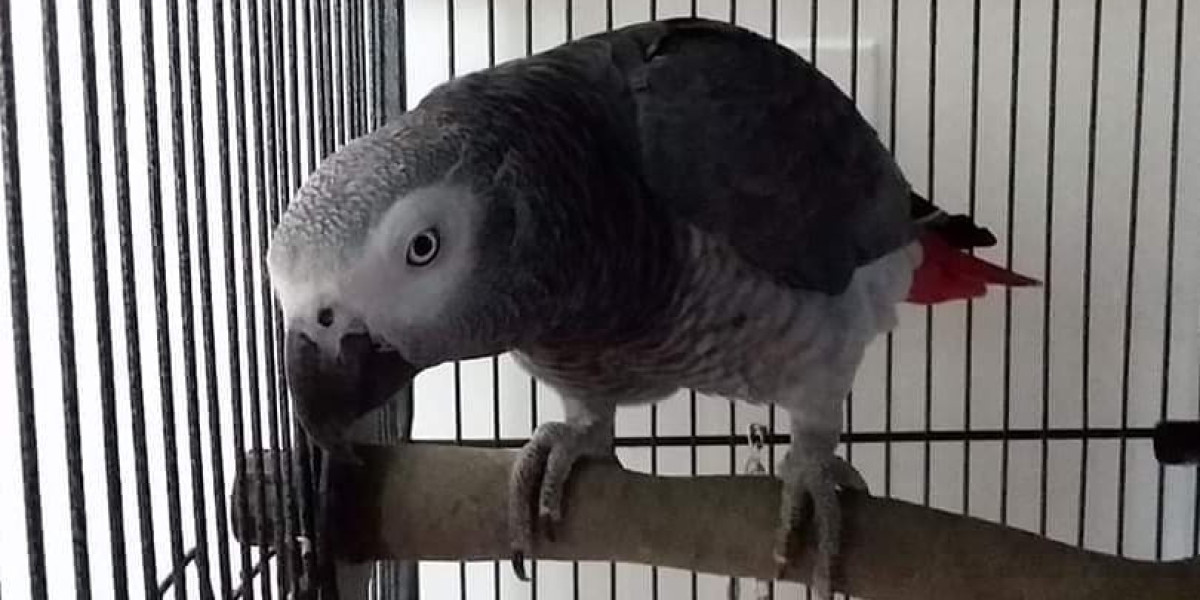Why Choosing a Wedding Band Matters
Picking the perfect wedding band isn’t just about style or sparkle it’s about what the ring represents: your commitment, your values, and your unique story as a couple. With so many options on the market, especially the rise of lab grown diamond wedding band, deciding between lab grown and natural diamonds can feel overwhelming. So, which one should you choose? Let’s break it down.
The Growing Popularity of Lab Grown Diamonds
Over recent years, lab grown diamonds have exploded in popularity. More couples are discovering that lab grown diamond bands offer stunning beauty, ethical peace of mind, and excellent value. But natural diamonds have centuries of tradition behind them. How do these two options stack up in today’s world? Let’s explore.
Understanding the Basics
What is a Lab Grown Diamond Wedding Band?
A lab grown diamond wedding band features diamonds created in a lab environment using advanced technology. These diamonds are chemically, physically, and optically identical to mined diamonds, but grown using two main methods: HPHT and CVD (more on that soon). The result? A dazzling, real diamond without the environmental and ethical concerns of mining.
What is a Natural Diamond Wedding Band?
Natural diamond bands feature diamonds formed deep within the Earth over billions of years. These gems are mined from the ground and then cut and polished. Each natural diamond carries its own story unique inclusions, history, and sometimes the legacy of traditional mining.
How Are Lab Grown Diamonds Made?
The Science Behind Lab Created Diamonds
Lab created diamonds are made using high-tech processes that mimic nature but happen in a fraction of the time. The goal is to produce a diamond that’s indistinguishable from a natural one, just grown above ground.
HPHT vs CVD Technologies
HPHT (High Pressure High Temperature): This method recreates the intense heat and pressure found deep inside the Earth to form diamonds. It’s one of the earliest lab diamond techniques.
CVD (Chemical Vapor Deposition): A more modern technique where a diamond seed is placed in a carbon-rich gas chamber, allowing carbon atoms to deposit layer by layer, forming a diamond crystal.
Both methods create genuine, high-quality lab grown diamonds suitable for fine jewelry.
Characteristics of Lab Grown Diamond Bands
Physical and Chemical Properties
Lab grown diamonds share the exact chemical composition and crystal structure as natural diamonds. This means a lab grown diamond band has the same hardness, brilliance, and sparkle.
Appearance and Quality
Lab grown diamonds can be flawless or near-flawless because conditions in the lab are controlled. You can often get a better quality diamond at a lower price compared to natural diamonds.
Characteristics of Natural Diamond Bands
Formation and Uniqueness
Natural diamonds come with unique inclusions—tiny imperfections that tell their Earth-born story. Some people treasure this natural uniqueness as part of their ring’s character.
Appearance and Quality
Natural diamonds vary greatly in quality and price, depending on cut, clarity, color, and carat weight (the 4 Cs). High-quality natural diamonds can be stunning but often come at a premium price.
Comparing Prices: Lab Grown vs Natural
Cost Differences Explained
A lab grown diamond band generally costs 30-40% less than a comparable natural diamond band. This cost saving lets you afford larger or higher-quality stones without breaking the bank.
Value for Money Considerations
With lab grown diamonds, you get more sparkle for your dollar. However, natural diamonds have traditionally held resale value better due to rarity.
Ethical and Environmental Considerations
The Environmental Impact of Mining Diamonds
Diamond mining can cause habitat destruction, water pollution, and significant carbon emissions. Mining also has a heavy social impact in some regions.
Sustainability of Lab Created Diamond Bands
Lab grown diamonds use less water and energy overall and produce minimal environmental damage—making them a more sustainable and eco-friendly choice.
Conflict-Free Promise of Lab Grown Diamonds
Lab created diamond bands are guaranteed conflict-free, whereas natural diamonds can sometimes be linked to “blood diamond” controversies, despite certification efforts.
Durability and Longevity
Hardness and Wear Resistance
Both lab grown and natural diamonds score a perfect 10 on the Mohs hardness scale. This means they’re equally durable and perfect for daily wear as wedding bands.
Maintenance and Care Tips
Both types require similar care: avoid harsh chemicals, clean gently, and get professional inspections annually.
Style and Design Options
Popular Designs with Lab Grown Diamond Bands
Lab grown diamonds are featured in everything from classic solitaires and eternity bands to modern stackable designs and custom creations.
Trends in Natural Diamond Wedding Bands
Natural diamond bands also come in diverse styles, often favored for traditional and heirloom-inspired designs.
Certification and Authenticity
How Lab Grown Diamonds are Certified
Lab diamonds come with certification from labs like IGI, GIA, and GCAL. These certificates verify quality and authenticity.
Certification of Natural Diamonds
Natural diamonds also come with similar certifications, but grading can sometimes differ slightly due to natural variations.
Emotional and Symbolic Value
Traditions Linked to Natural Diamonds
Natural diamonds have a longstanding tradition in engagement and wedding jewelry, often symbolizing rarity and eternal love.
Modern Symbolism of Lab Created Diamond Bands
Lab grown diamonds symbolize conscious choices—love that honors the planet and future generations.
Common Myths and Misconceptions
Myth Busting Lab Grown Diamonds
“They aren’t real diamonds” — False. Lab diamonds are 100% real.
“They don’t hold value” — While resale is limited now, value comes from meaning and quality.
Misconceptions About Natural Diamonds
“They’re always conflict-free” — Not always; certification is key.
“More expensive means better” — Price can reflect rarity, but not always personal value.
How to Choose the Right Wedding Band for You
Factors to Consider: Budget, Ethics, Style
Think about what matters most: price, sustainability, appearance, and personal values. Both lab grown and natural bands have their perks.
Questions to Ask Yourself Before Deciding
How important is ethical sourcing?
What’s my budget?
Do I want a traditional or modern look?
How long do I plan to wear this ring every day?
Why Choose Lab Grown Diamond Bands from Vana Jewels?
Quality Assurance and Craftsmanship
At Vana Jewels, each lab grown diamond band is crafted with precision, certified quality, and designed to last a lifetime.
Sustainable and Ethical Commitment
Vana Jewels stands for transparency, sustainability, and helping couples make choices that honor both their love and the planet.
Conclusion
Choosing between a lab grown diamond wedding band and a natural diamond band is deeply personal. Lab grown diamonds offer stunning beauty, affordability, and a sustainable story, while natural diamonds carry tradition and uniqueness. Whichever you pick, your wedding band is a symbol of your love—crafted by you, for you.
FAQs
1. Are lab grown diamond bands as durable as natural diamonds?
Yes! Both are equally hard and durable, perfect for everyday wear.
2. Can I tell the difference between lab grown and natural diamonds?
Not with the naked eye. Only specialized equipment can detect the difference.
3. Do lab grown diamonds hold their value?
Currently, resale value is lower than natural diamonds, but value lies in quality and meaning.
4. Are lab created diamond bands more environmentally friendly?
Yes, they have a significantly lower environmental footprint.
5. Is certification important when buying a lab grown diamond wedding band?
Absolutely. Certification guarantees quality, authenticity, and peace of mind.







